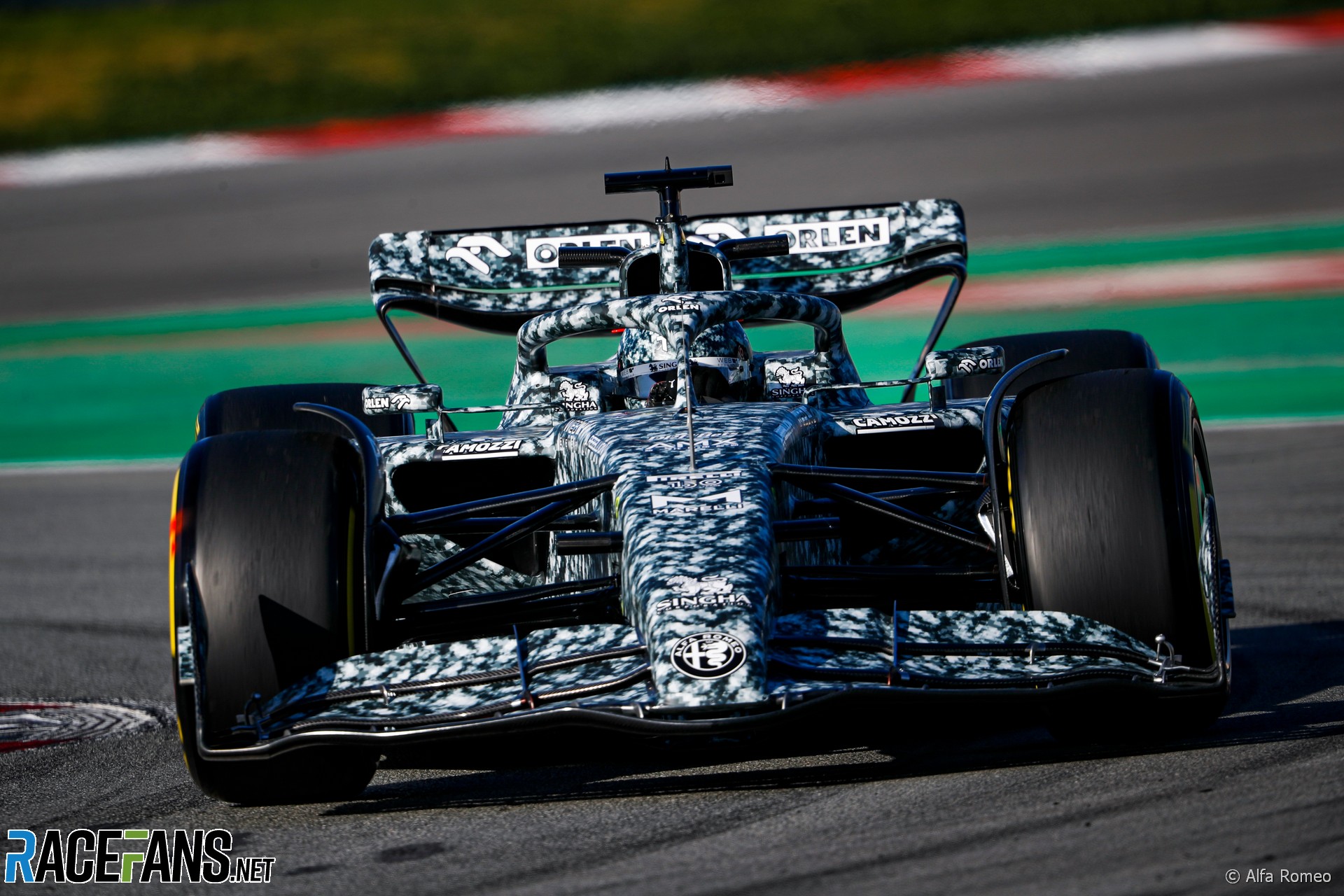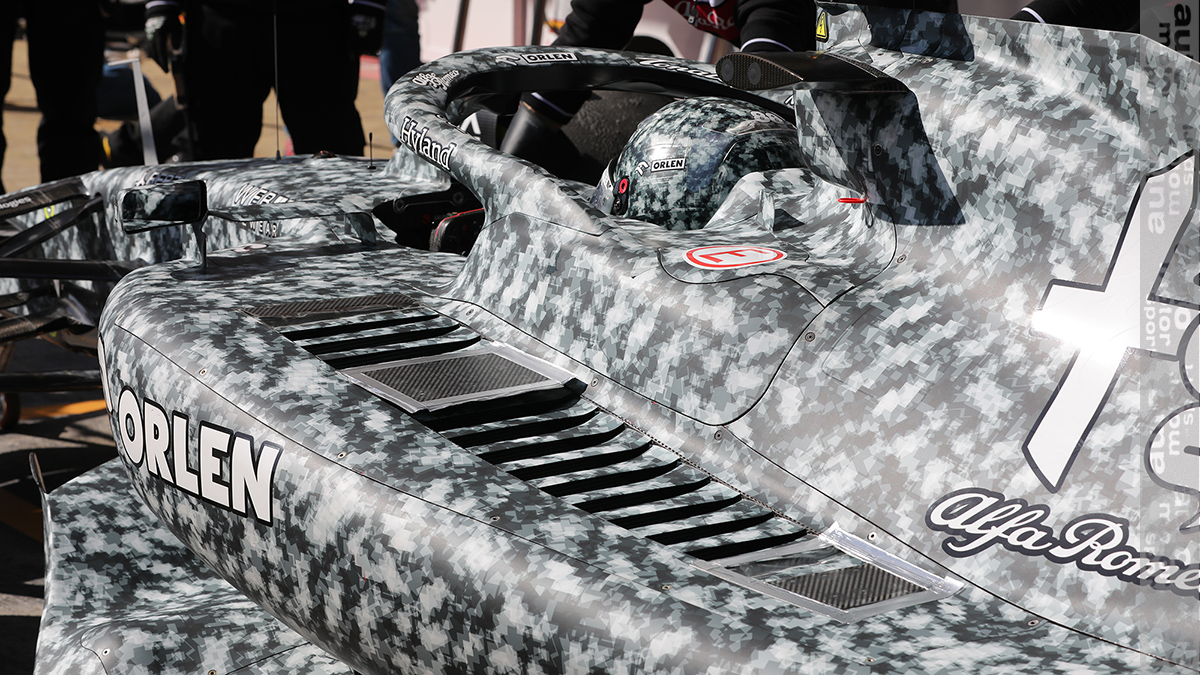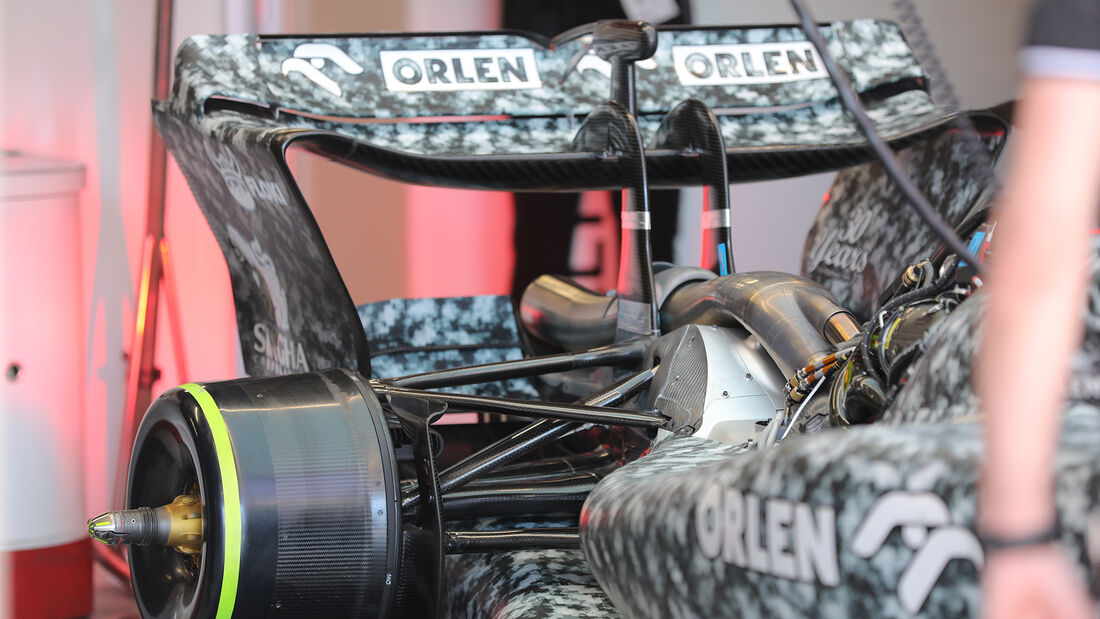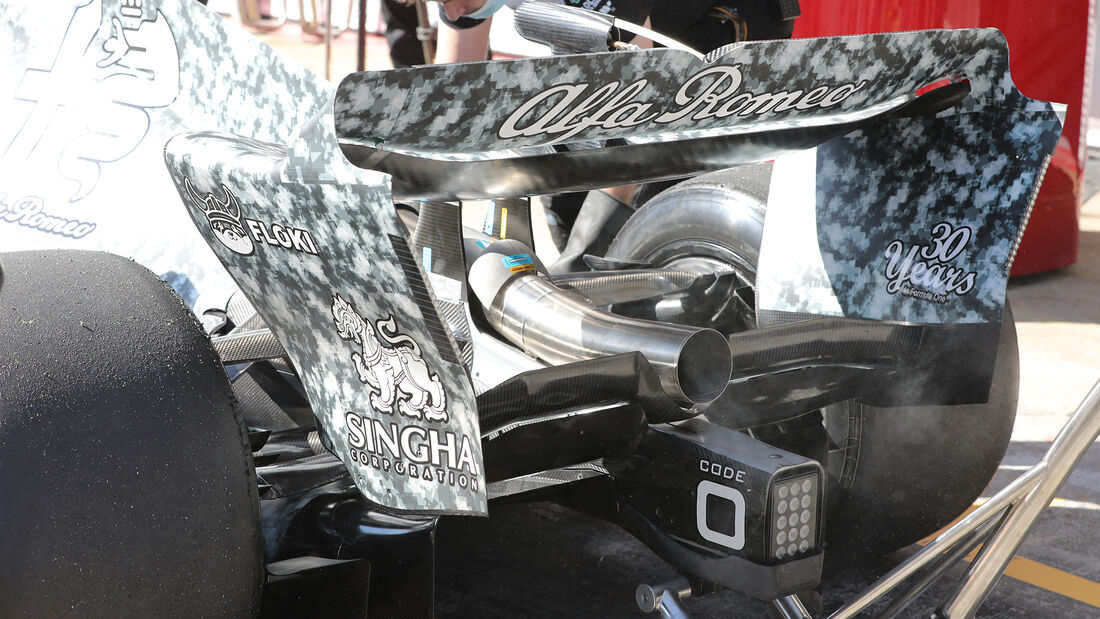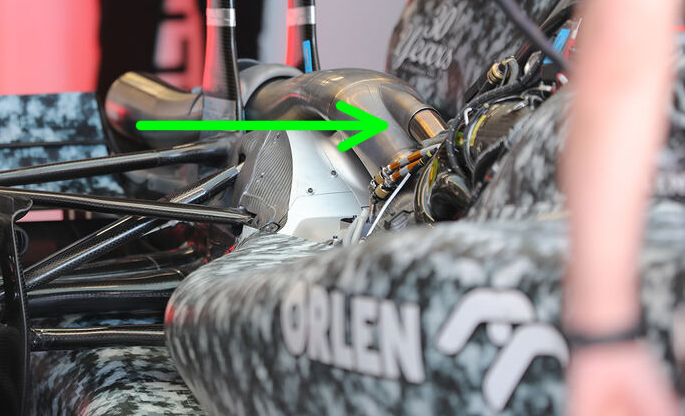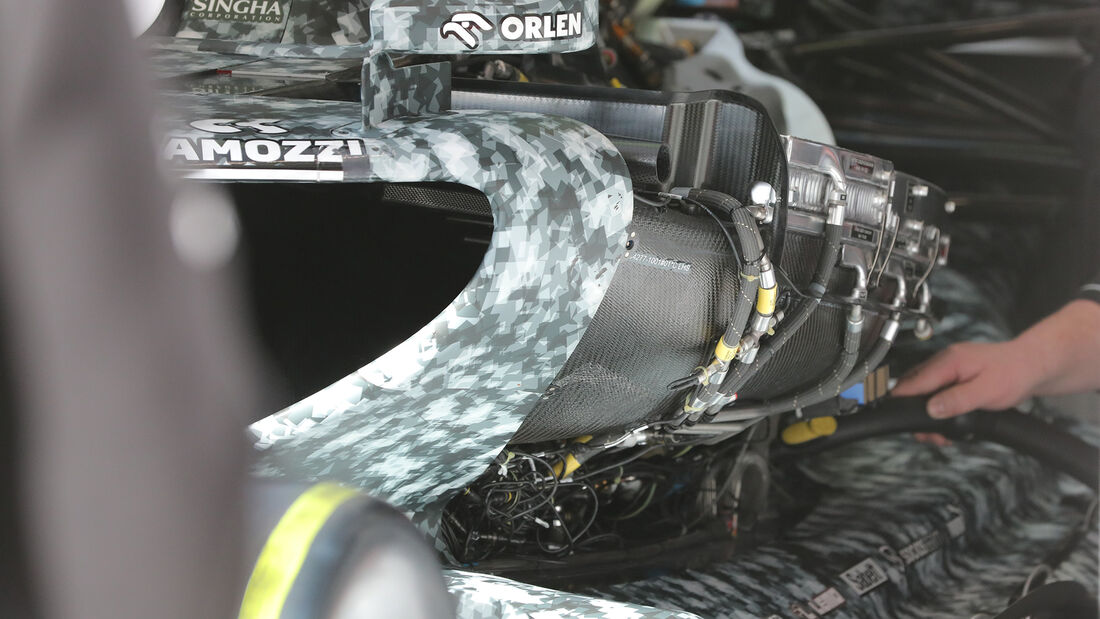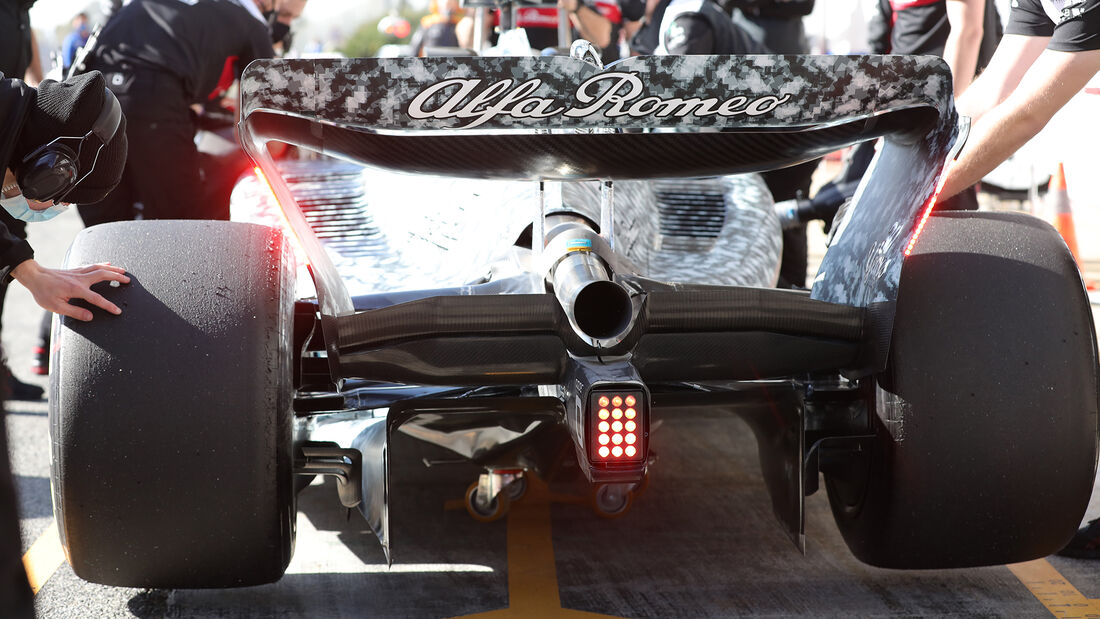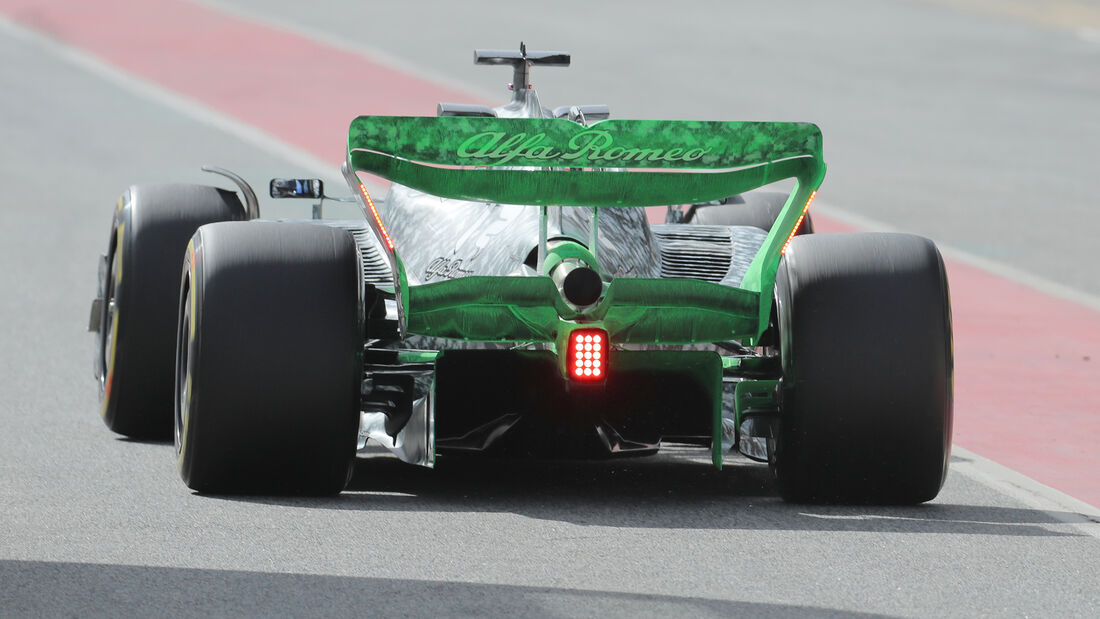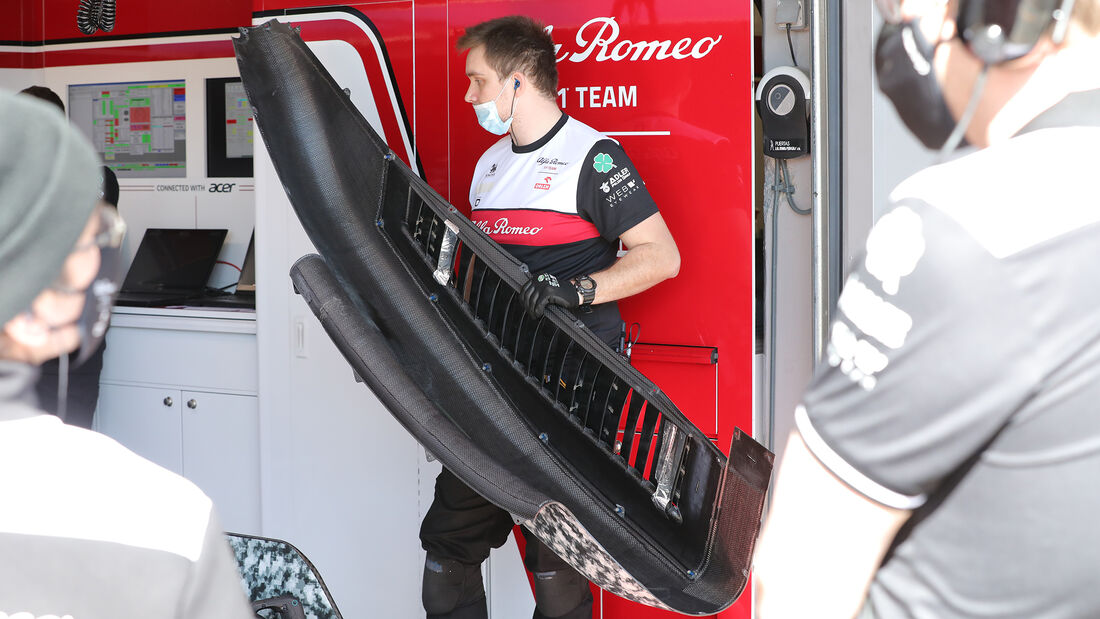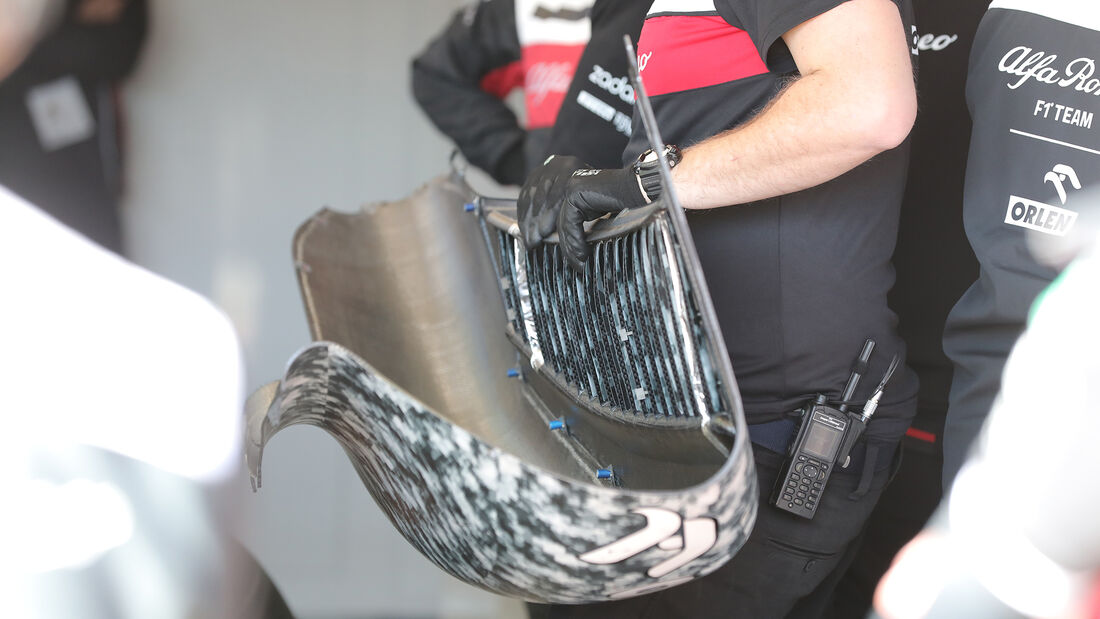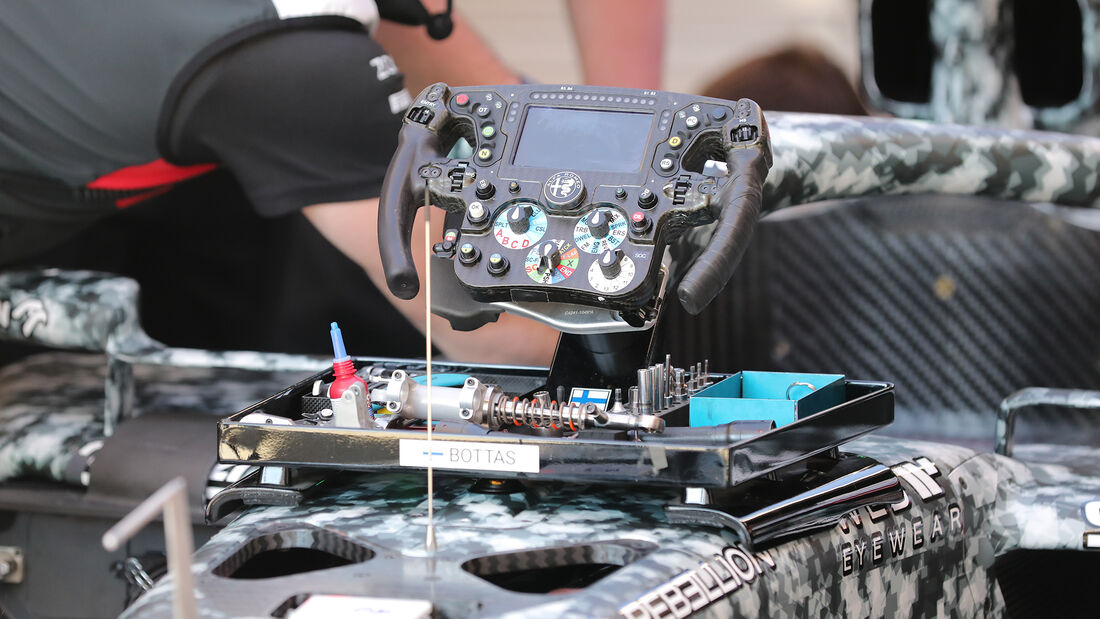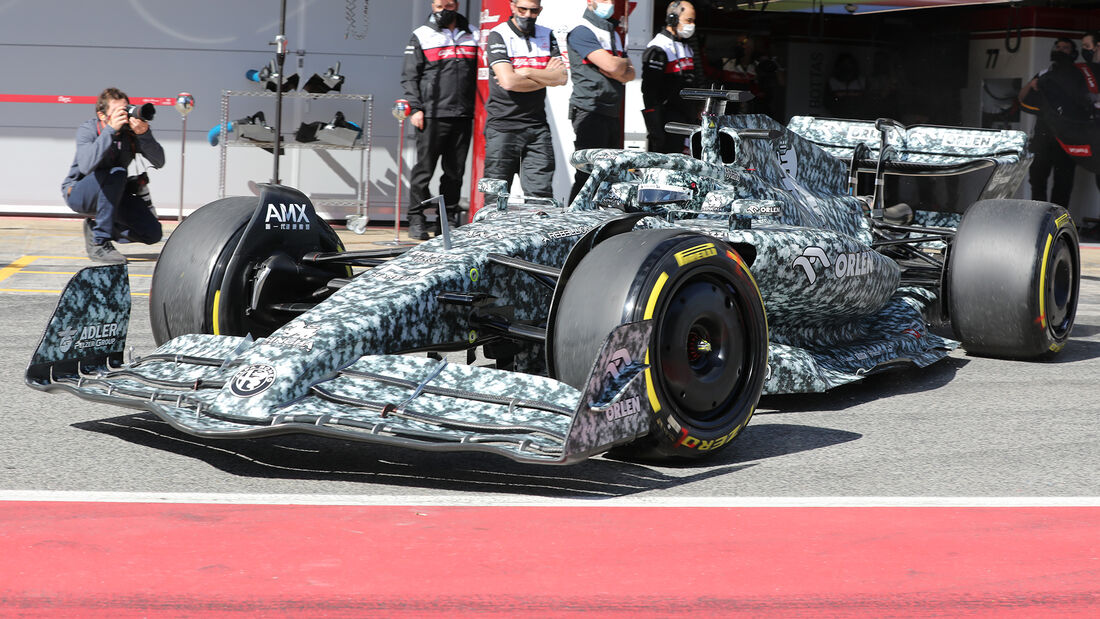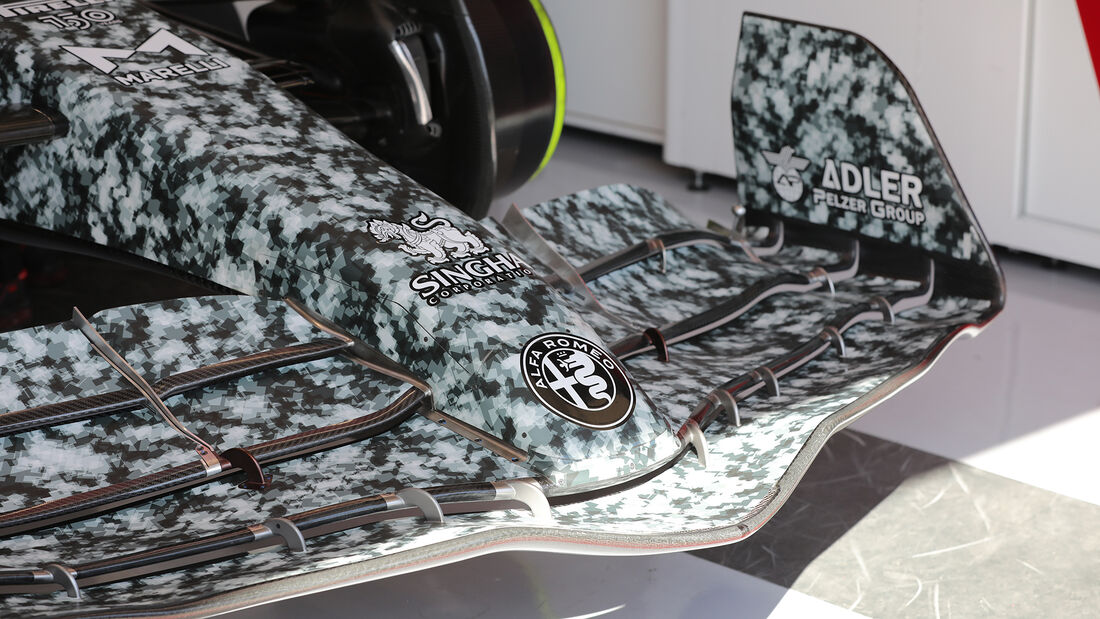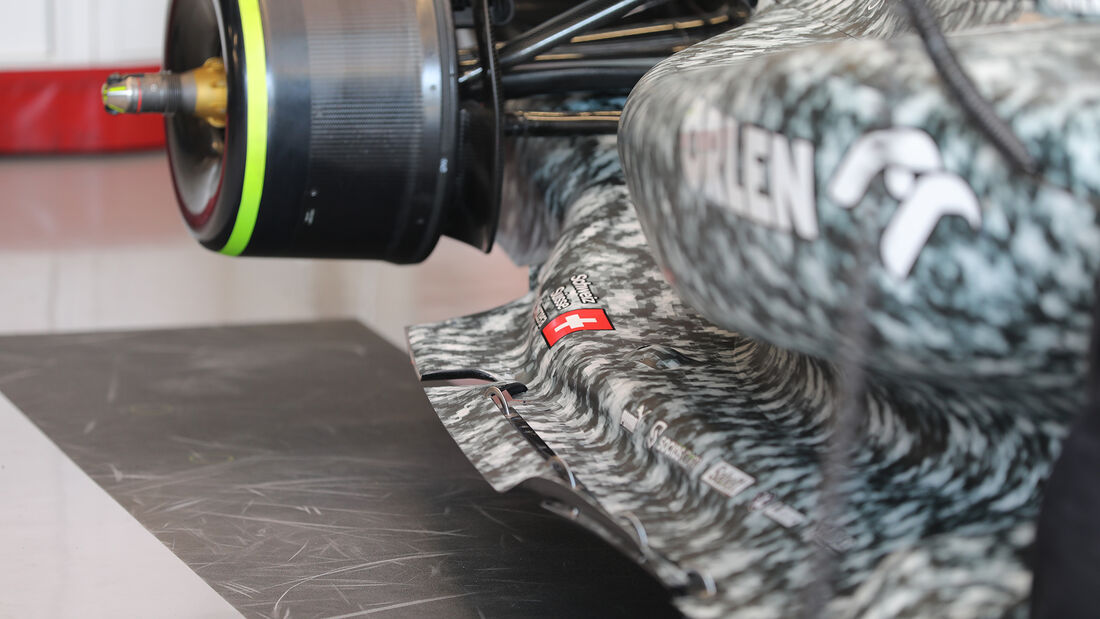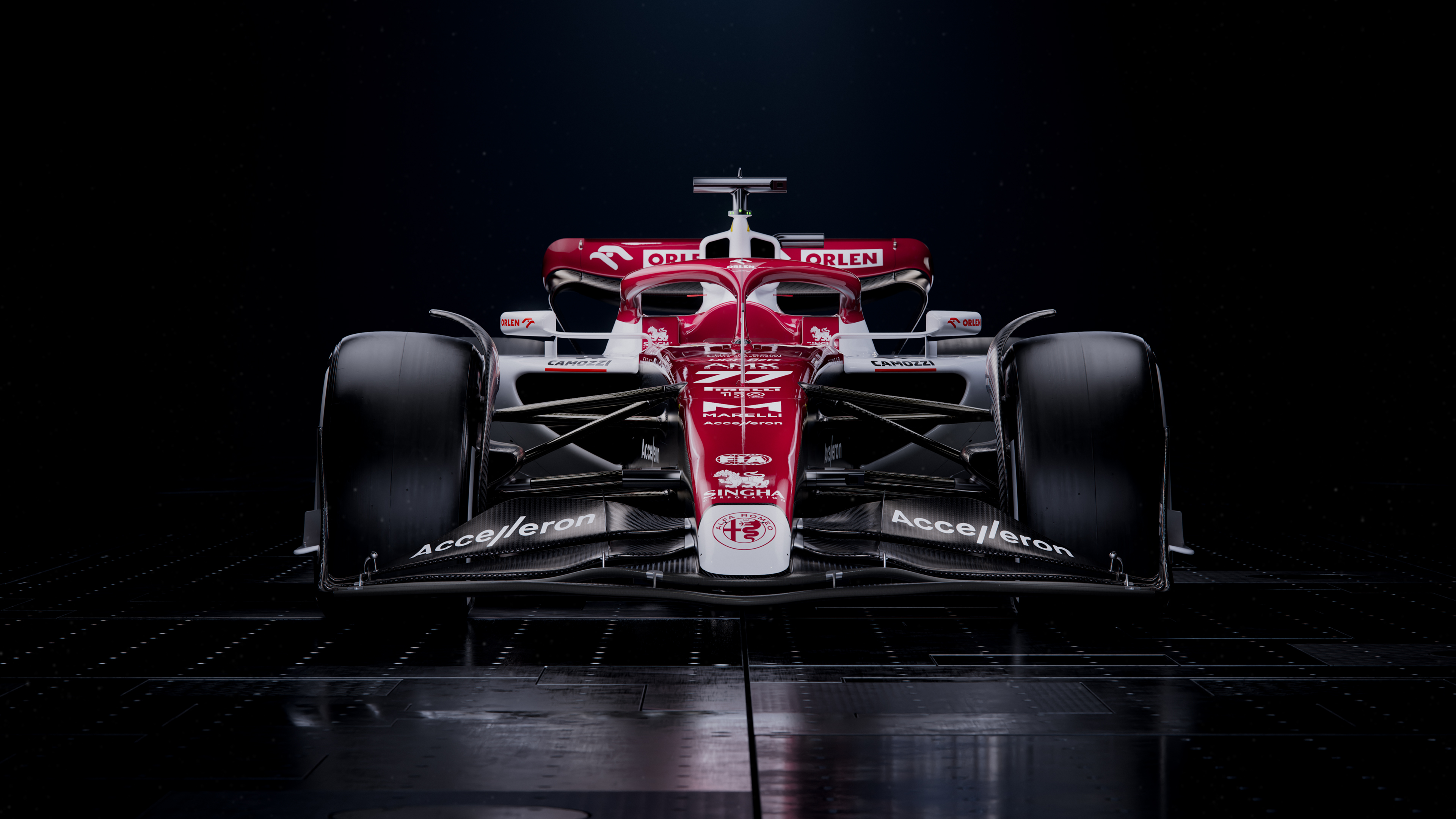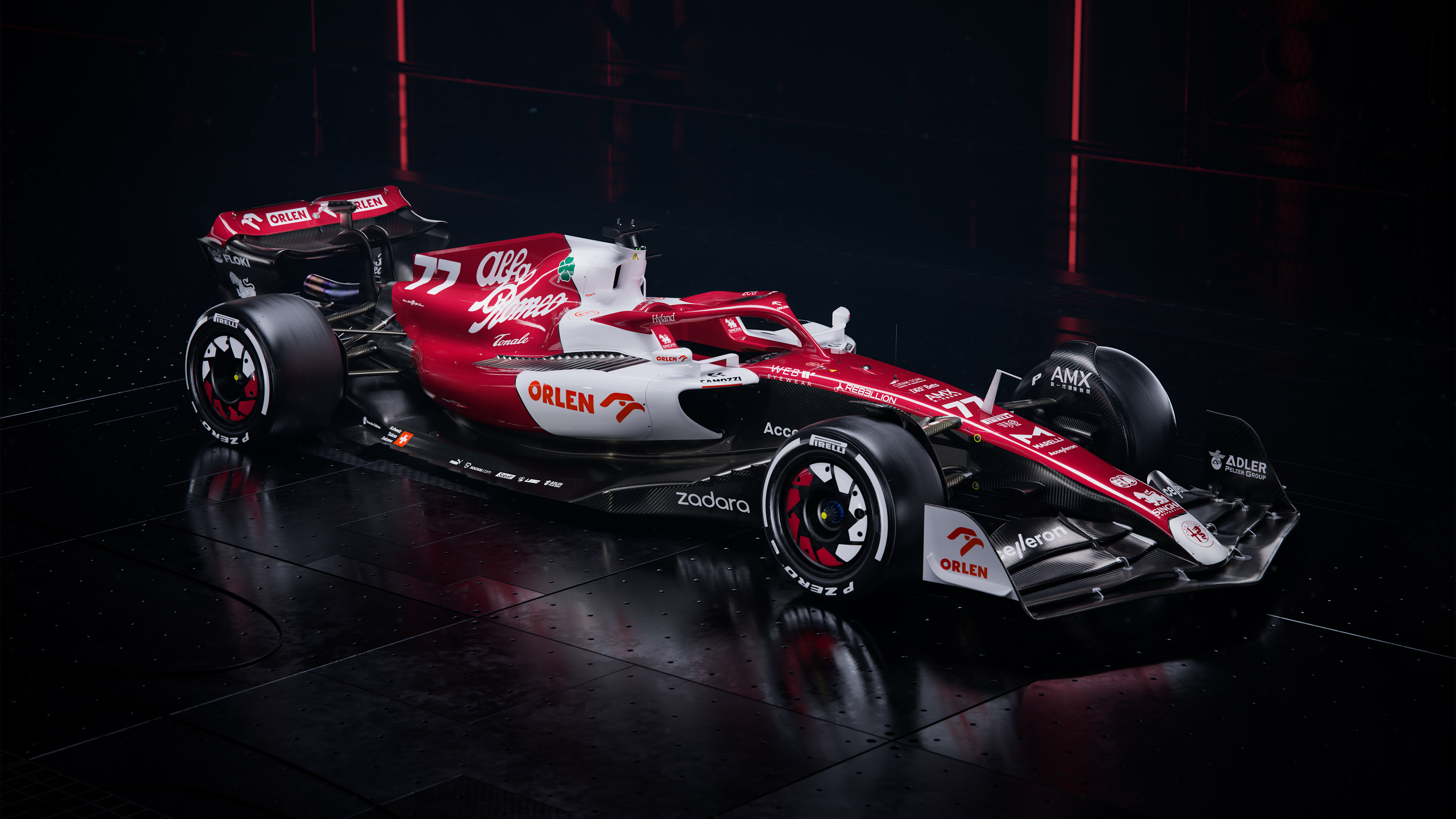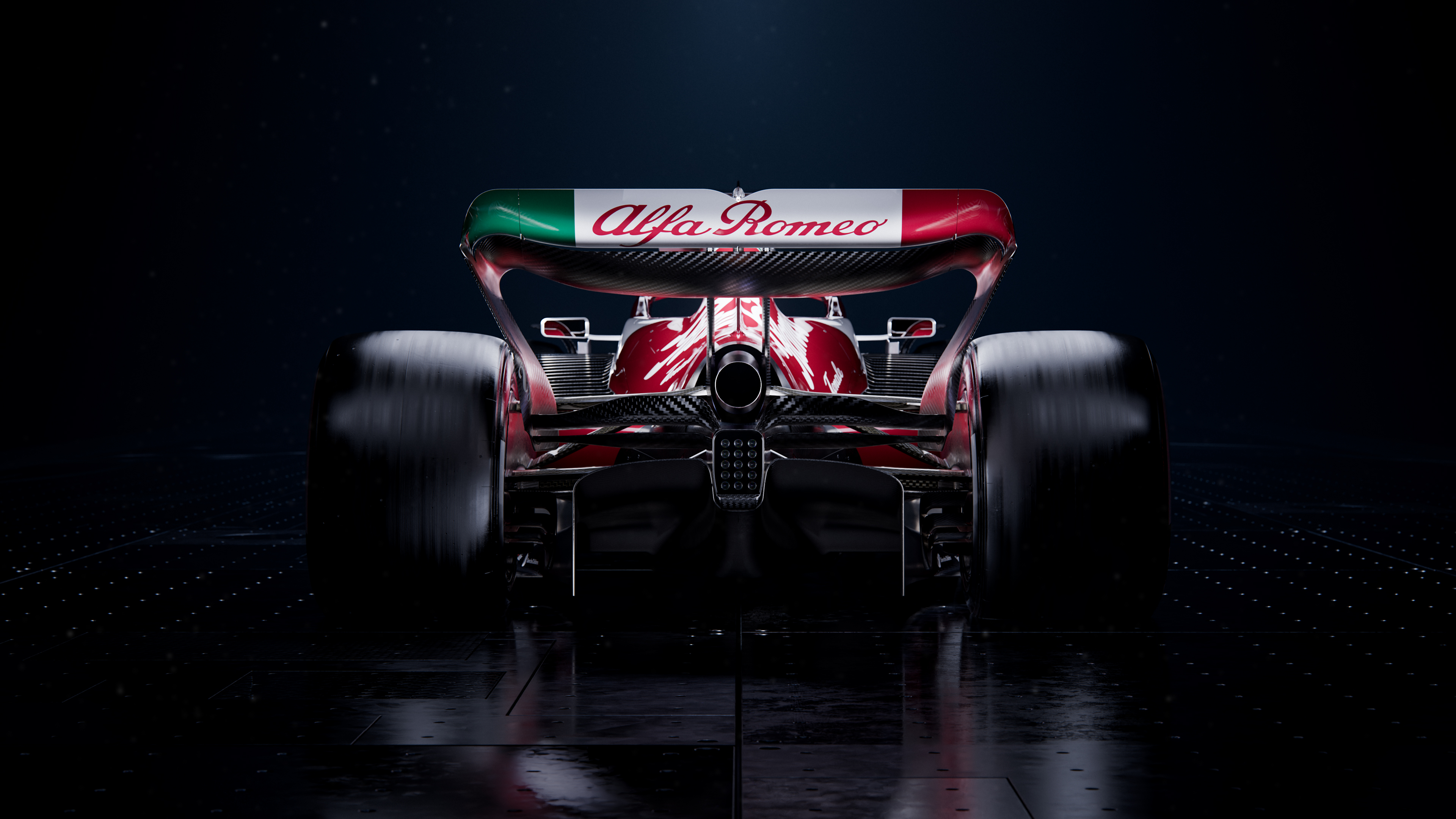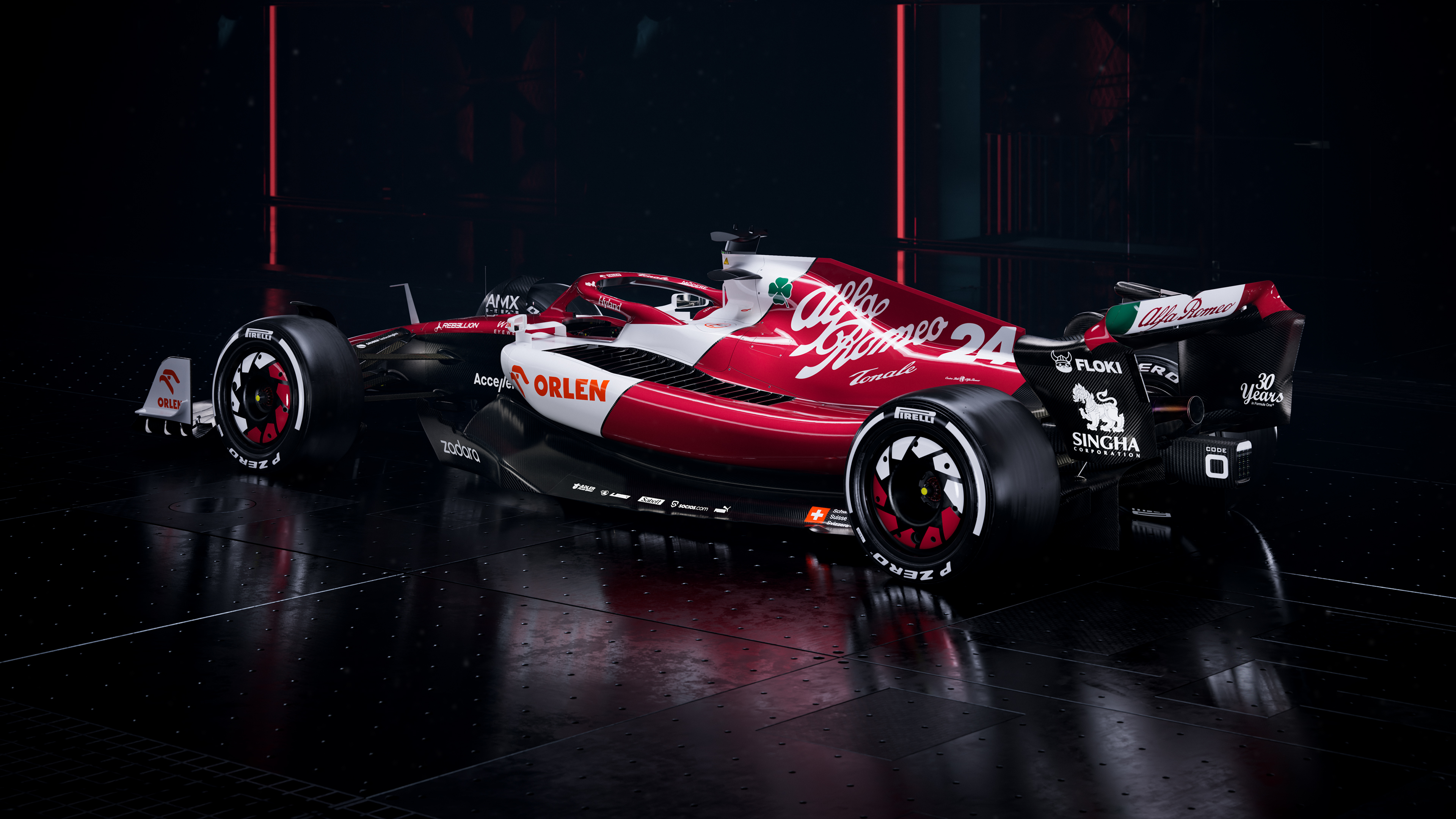The contour plot is clearly on Cp, not Cp0/CpT. That's formula relies on Total Pressure, so interpreting it from that contour is impossible.godlameroso wrote: ↑18 Feb 2022, 22:50https://files.catbox.moe/5679d4.jpgtheVortexCreatorY250 wrote: ↑18 Feb 2022, 22:46I don't understand why your going to choke at 2:1, do you have a reference? I wouldn't be surprised if the teams achieve well over 3:1.godlameroso wrote: ↑18 Feb 2022, 21:24
I can demonstrate that it was. In regular air, flow will choke in a duct if the inlet pressure is twice the pressure in the throat. The leading edge of the floor is the inlet, notice the sharp high pressure on the outboard of the strakes. You notice the pressure differential is much lower on the top design vs the bottom one. The strakes and the center car body form a duct, the strakes raise the pressure outboard with their outwash, and create a pressure difference at the inner strake and center car body. Notice the red and the transition to blue, to me a 2:1 pressure ratio is evident. Choked flow doesn't mean no flow, it means no more upstream flow than what has been achieved. Choked flow is sonic flow and thus follows compressible flow rules. As the strakes diverge the speed increases, but the vortex breaks down before it can be accelerated by the venturi tunnel, because the mass flow is limited.
The top design has more mass flow and although choking still happens, the shockwave and expansion fan is more mild as you can see by the weaker vortex.
https://images.squarespace-cdn.com/cont ... 022+F1.png
Choking at the inlet is not desirable, choking at the throat of the venturi tunnel is, because as the top design shows, if the pressure in the diffuser is choked, then it will pull in air by the edge wing. You'll notice the pressure trace at the edge wing and the beam wing is higher than the bottom one. To me, that indicates higher mass flow, and lower pressure overall.
Downforce with these rules depends on thrusting the air under the car, well thrust = mass flow x velocity. Downvote away.
How can you comment on this without a colour scale?
I highly doubt this CFD is density based,thus compressibility effects are neglected. Yes the bottom vortex breaks down eariler, but it still creates WAY more downforce.
P0 is reservoir pressure, in our case the inlet, and Pc is pressure measured at the throat.
Bottom floor actually is down 60 points of downforce vs the top one. Furtheremore, I have a lot of experience with choked flow in a duct, the artifacts are obvious and clear. Once again, I refer you to that youtube video I posted, you see the same choked flow phenomena.
In that F1 2022 video on Youtube where he actually does the CFD, he says the second case is the bottom one and that has the massive downforce gain.



